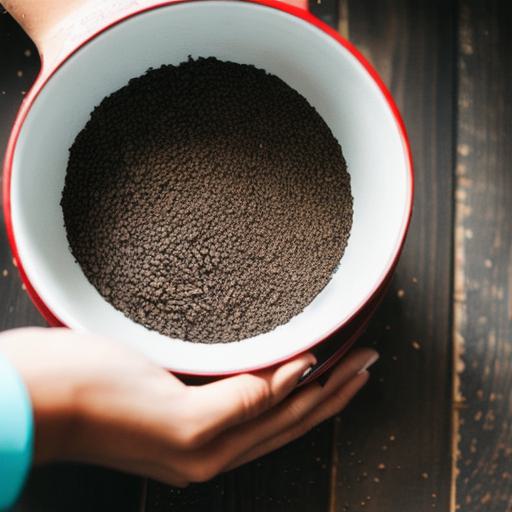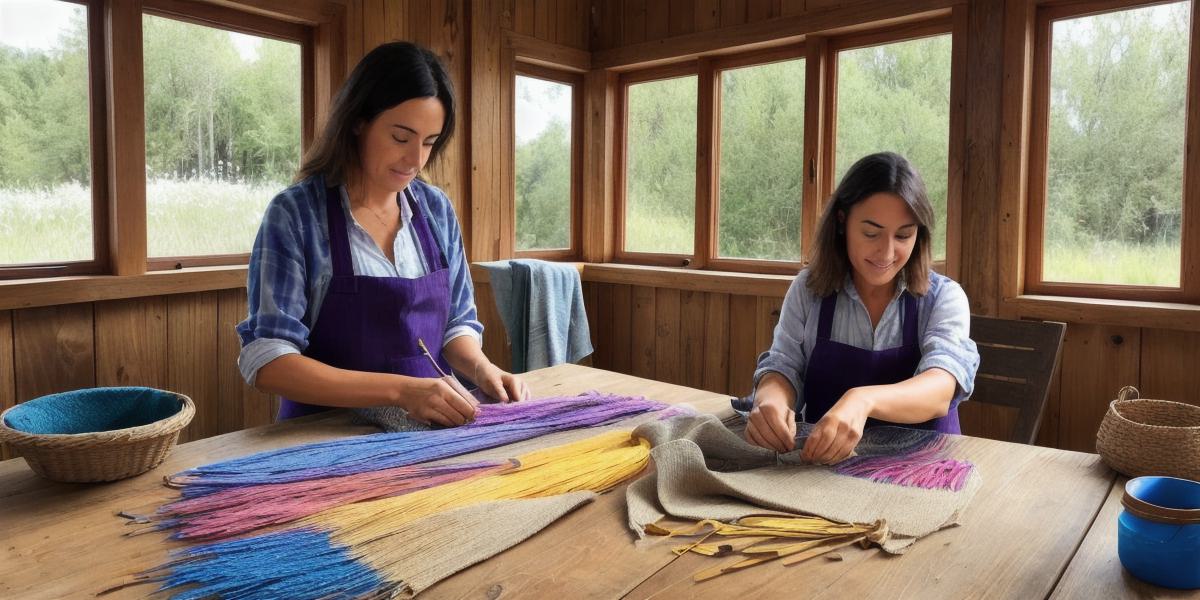Flax is a versatile and beautiful plant that has been used for centuries to create textiles such as linen, hemp, and canvas. However, dyeing flax can be a bit of a mystery to those who have never tried it before. In this guide, we will go through the process of dyeing flax for textiles, step by step.
First, let’s start with some basics. Flax is a plant that grows in cooler climates and produces long, slender fibers that are used to make linen and other textiles. These fibers can be dyed using a variety of natural dyes, including indigo, madder, and woad.
To get started with dyeing flax, you will need some raw flax, a large pot, water, and your chosen dye. You can also use other materials such as vinegar or alum to help fix the dye and make it more permanent.
Here’s how to dye your flax:
- Prepare your flax: Wash your flax thoroughly in cold water and let it soak for at least 24 hours. This will help to remove any dirt or debris that may be on the fibers. After soaking, rinse the flax in cold water and let it drain completely.
- Boil the flax: Place your flax in a large pot with enough water to cover it completely. Bring the water to a boil and let the flax simmer for about an hour. This will help to soften the fibers and make them more receptive to dye.
- Add your dye: Once your flax has been boiled, drain the pot and add your chosen dye. You can use a variety of natural dyes such as indigo, madder, or woad. If you’re using a fixative like vinegar or alum, add it now as well.
- Stir and simmer: Stir the pot gently to ensure that all the flax is evenly coated with dye. Then, cover the pot and let it simmer on low heat for about an hour. You can check the progress by pulling out a few fibers of flax and examining them under a microscope.
- Rinse and dry: Once your flax has been dyed, drain the pot and rinse the flax thoroughly in cold water until the water runs clear. Then, hang up the flax to dry completely. This may take several days depending on the thickness of the fibers and the humidity level.

Once your flax is fully dried, you can use it to weave or knit textiles such as linen, hemp, or canvas. The color of your dye will depend on the type of dye you used and the length of time you simmered the flax. You may need to experiment with different types of dyes and fixatives to find the perfect shade for your project.
It’s important to note that natural dyes can be unpredictable and may not always produce the exact color you were expecting. However, this is part of the beauty of working with natural materials like flax. By using natural dyes, you are creating a unique and sustainable textile that is free from harmful chemicals and synthetic materials.
In conclusion, dyeing flax for textiles can be a fun and rewarding process. With a bit of patience and experimentation, you can create beautiful, natural fibers that are perfect for weaving or knitting a variety of textiles.


![How can I delete a posted invoice in [specific accounting software]](https://umemps.org/blog/wp-content/uploads/2024/05/30792665.jpg)
